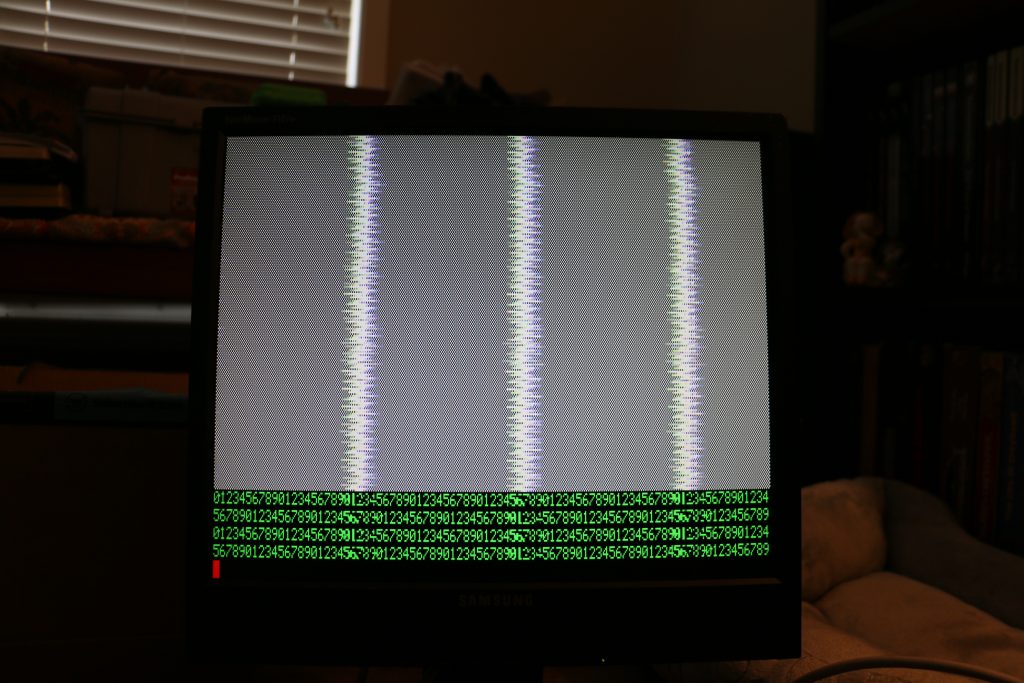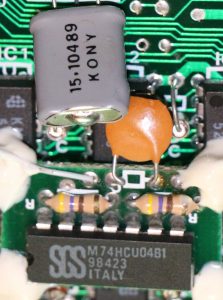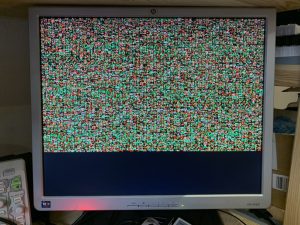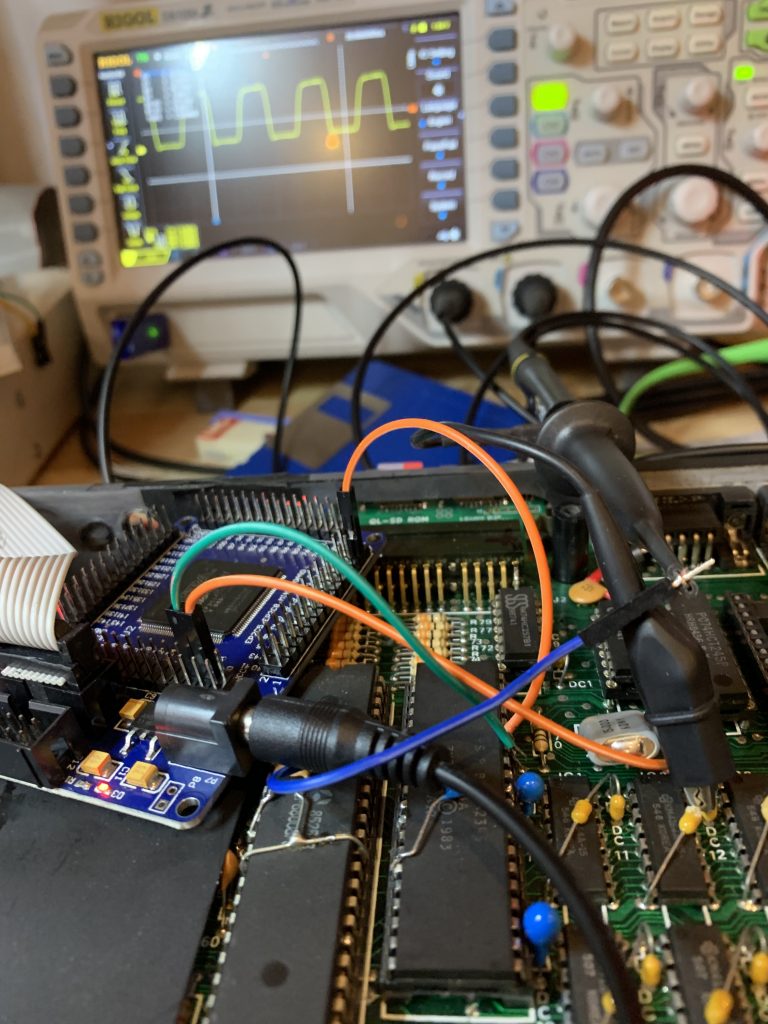A while ago I’ve sent pre-production QL-SD ROM samples to a few testers and now Dilwyn Jones has written a review of his, read it here. Thanks Dilwyn!
Unfortunately I don’t currently have much time for QL stuff and what little time I recently had I’ve invested into making a NTSC compatible QL-VGA. But before this quiet phase I had another fun project in the making, which might be of interest: I created an SMSQ/E version that boots directly from QL-SD ROM without having to boot QDOS first. For this to happen I created a new boot loader that employs the software bank switching feature of QL-SD ROM to initialize SMSQ/E bit by bit. This way SMSQ/E occupies 3 to 4 of the 8 available OS slots.
One of the more technically challenging aspects was that I wanted the boot loader to be compatible with stock GoldCards, i.e. it contains a minimal amount of dead code and data that fools the GoldCard ROM into accepting it as a genuine QDOS ROM! Good thing I analyzed the GoldCard ROM some years ago…
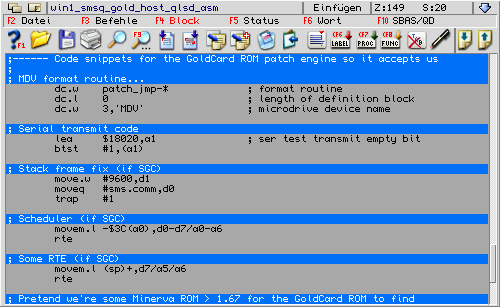
But it’s not all good news, the resulting SMSQ/E only boots correctly 80% of the time, in all other cases it hangs initializing the IPC co-processor. And thus what started as a fun project devolved into a debugging nightmare and I’m still none the wiser. Only after booting QDOS once it starts to work again, so QDOS must do something during boot that SMSQ/E does not… but I haven’t found out what it is, so the project remains in this unsatisfactorily halve-finished state.
Apart from that the hardware seems to have proved itself. There will probably be one more minor tweak to the CPLD code to read the currently selected OS slot, but apart from that things appear to work splendidly. However, I currently don’t have the time to go into production right now. Also, manuals need to be written, maybe 3D printed enclosures evaluated because it IS much more sexy with an enclosure, etc.. I guess all this will happen later this year. As I noted in a previous post, QL-SD ROM is at least designed to be much easier to be build compared to the original QL-SD, so availability once production has started should probably not be an issue.
Speaking of production, there is a batch of 9 internal QL-SDs waiting to be sold. Once the QL-VGAs are updated I will send them to Rich for putting the online.
